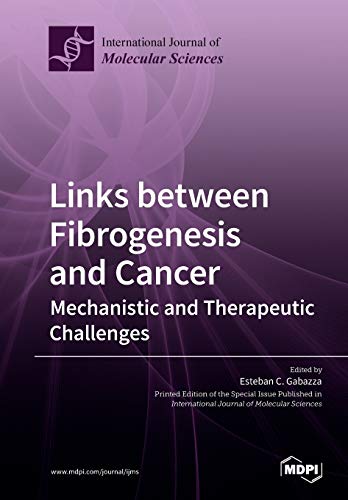

Most ebook files are in PDF format, so you can easily read them using various software such as Foxit Reader or directly on the Google Chrome browser.
Some ebook files are released by publishers in other formats such as .awz, .mobi, .epub, .fb2, etc. You may need to install specific software to read these formats on mobile/PC, such as Calibre.
Please read the tutorial at this link: https://ebookbell.com/faq
We offer FREE conversion to the popular formats you request; however, this may take some time. Therefore, right after payment, please email us, and we will try to provide the service as quickly as possible.
For some exceptional file formats or broken links (if any), please refrain from opening any disputes. Instead, email us first, and we will try to assist within a maximum of 6 hours.
EbookBell Team

5.0
78 reviewsTissue fibrosis may occur for unknown causes or be the consequence of many pathological conditions including chronic inflammatory or infectious diseases, autoimmune disorders, graft rejection, or malignancy. On the other hand, malignant tumors have been identified in fibrotic tissues decades ago, and now accumulating evidence suggests that fibrotic lesions enhance the risk of cancer in several organs such as liver, lungs, and breast. Disruption of an organ parenchymal cells and of its normal structural scaffold during tissue fibrogenesis appears to induce loss of cell polarity, promoting uncontrolled cell proliferation that may eventually lead to cancer development. Many cellular and molecular abnormalities including aberrant expression of microRNAs, genetic and epigenetic alterations, evasion or delayed apoptosis, unregulated intracellular signal pathways, and dysregulation or defective intercellular communications have been proposed to explain this link between fibrogenesis and carcinogenesis. However, the precise mechanisms of this fibrosis-to-cancer transition remain unclear. This book presents a collection of reviews and original articles summarizing recent advances in understanding the molecular mechanisms of cancer development in fibrotic organs.